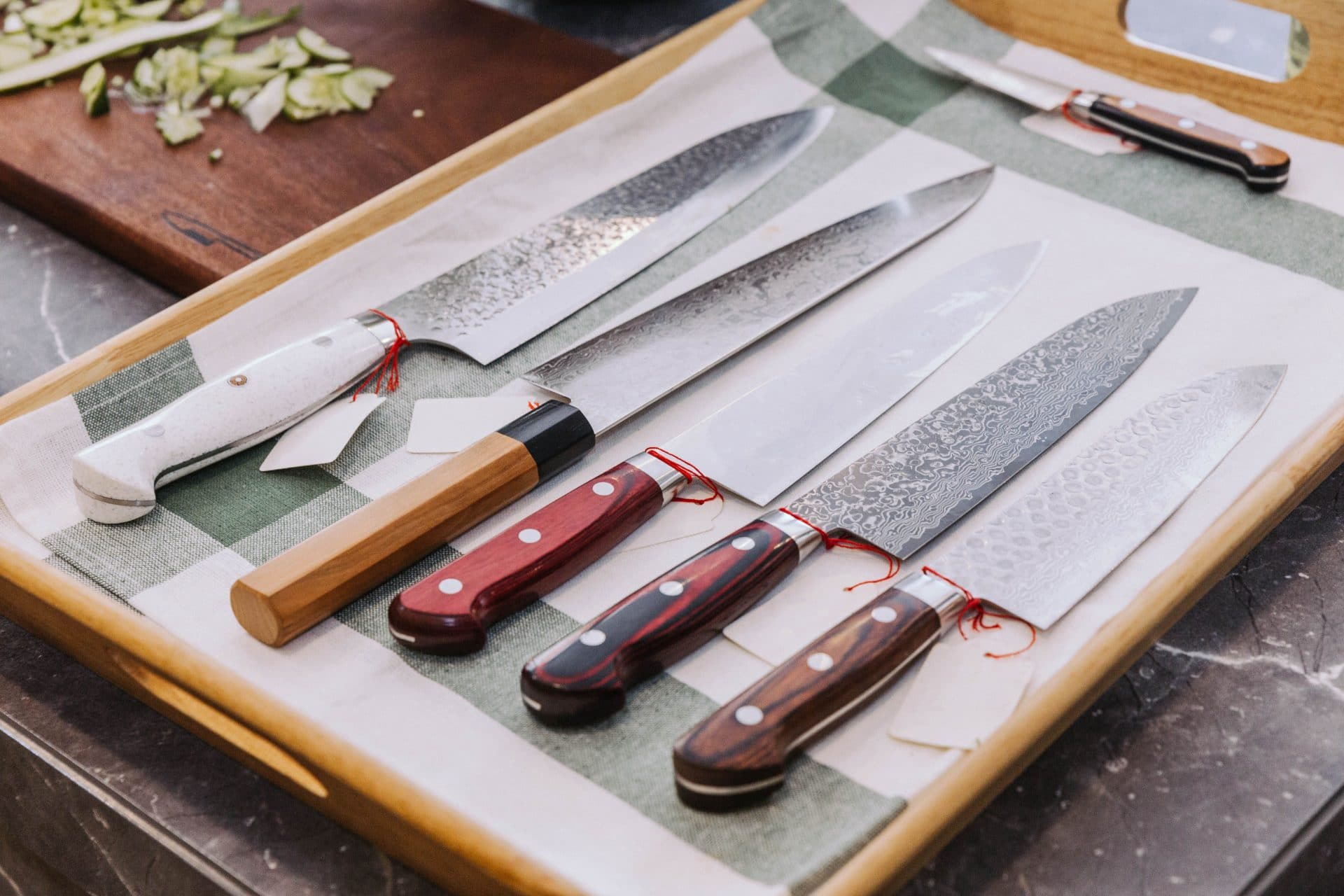In the culinary world, having the right knife for the task at hand is essential. From precise slicing to heavy-duty chopping, different types of knives cater to various cooking needs. In this SEO-friendly article, we will delve into 10 popular styles of knives, their unique features, and the specific uses they excel at. Whether you’re a professional chef or a passionate home cook, understanding the diverse range of kitchen knives will enhance your culinary skills and efficiency.

Contents
Paring Knife:
The paring knife is a small, versatile knife with a pointed tip and a narrow blade. It excels at intricate tasks such as peeling, trimming, and precise cutting. Its compact size and sharpness make it ideal for working with smaller fruits, vegetables, and herbs.
Chef’s Knife:
The chef’s knife, also known as a cook’s knife, is a workhorse in the kitchen. With a wide, curved blade and a sharp, tapered edge, it is perfect for chopping, dicing, and slicing a variety of ingredients. From vegetables to meats, the chef’s knife is a go-to tool for everyday cooking.
Santoku Knife:
Originating from Japan, the Santoku knife features a shorter, wide blade with a flat edge and a rounded tip. It excels at precise slicing, dicing, and mincing. The Santoku knife is well-suited for both vegetables and proteins, making it a versatile choice in any kitchen.
Bread Knife:
The bread knife has a long, serrated blade designed specifically for slicing through crusty bread and delicate pastries without crushing them. Its serrations grip the food’s surface, ensuring clean and effortless cuts. The bread knife is a must-have for any baker or bread lover.
Carving Knife:
A carving knife is essential for precision slicing of large cuts of meat, such as roasts, hams, or poultry. It typically features a long, narrow blade with a pointed tip, allowing for smooth, thin slices. The carving knife is a centerpiece during festive occasions and family gatherings.
Boning Knife:
The boning knife has a thin, flexible blade designed for removing bones from meat, poultry, and fish. Its sharpness and maneuverability enable efficient deboning while minimizing waste. Whether you’re a professional butcher or an avid home cook, a boning knife is essential for precise meat preparation.
Utility Knife:
The utility knife is a versatile, all-purpose knife with a mid-sized blade and a sharp, pointed tip. It is perfect for tasks that fall between the precision of a paring knife and the versatility of a chef’s knife. The utility knife handles various cutting and slicing needs in the kitchen.
Steak Knife:
Steak knives have sharp, serrated blades specifically designed for effortlessly cutting through cooked meat. They provide a smooth and clean slicing experience without tearing or shredding the meat fibers. Steak knives are essential for a memorable dining experience.
Cleaver:
A cleaver is a heavy-duty knife with a broad, rectangular blade and a thick spine. It excels at tasks that require substantial force, such as chopping through bones and dense ingredients. The cleaver is a staple in Asian cuisine and is also used for smashing garlic and tenderizing meat.
Fillet Knife:
The fillet knife features a long, thin, and flexible blade, making it ideal for filleting fish and deboning delicate meats. Its precision allows for clean cuts along the bone and delicate removal of skin. The fillet knife is a favorite among anglers and seafood enthusiasts.:
The world of kitchen knives offers a vast selection of styles, each tailored to specific culinary tasks. From the precise paring knife to the versatile chef’s knife, understanding the 10 styles of knives and their uses will elevate your cooking experience. Whether you’re dicing vegetables, carving roasts, or filleting fish, having the right knife for the job ensures efficient and accurate food preparation. Invest in a variety of high-quality knives and hone your skills with these essential kitchen tools.

